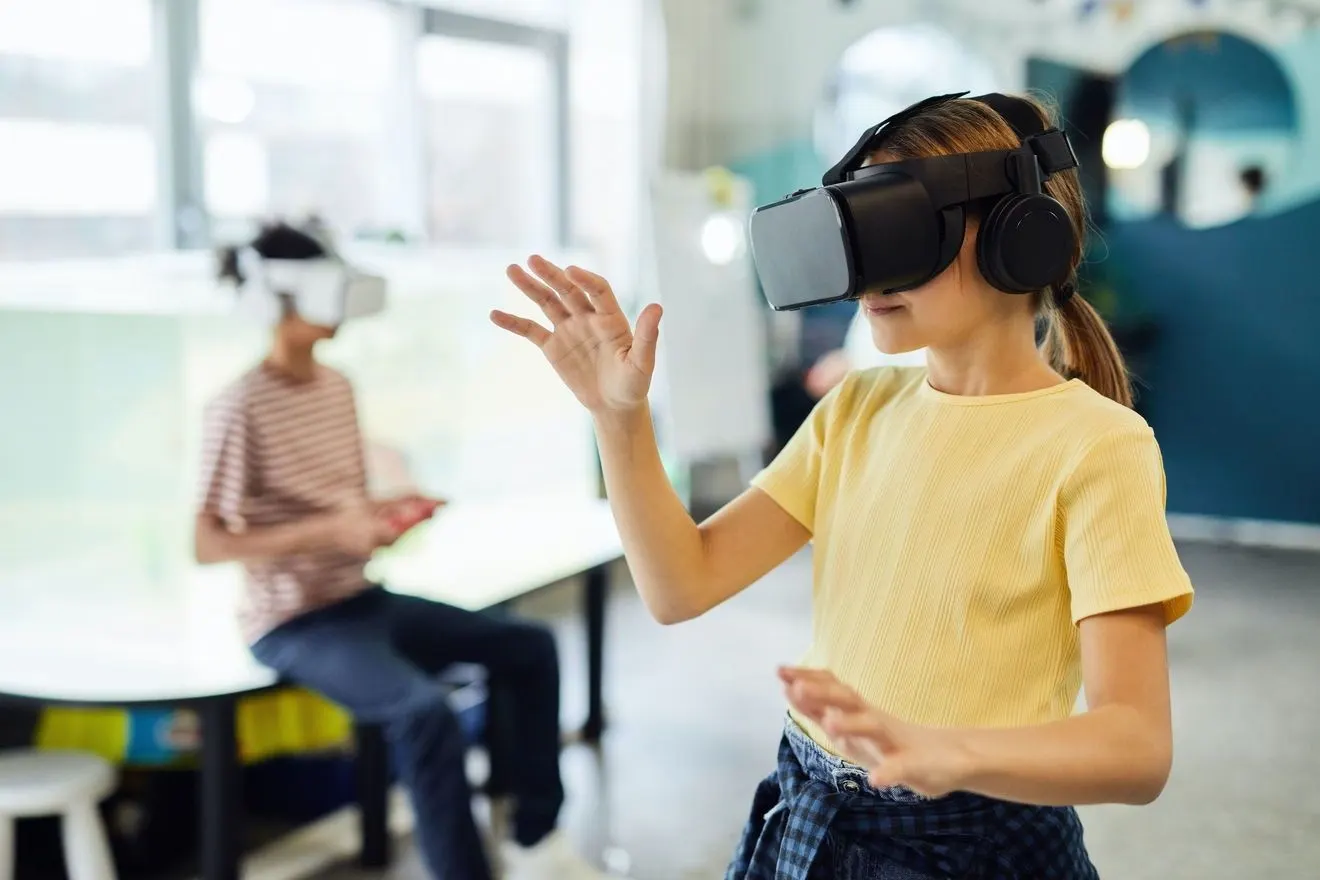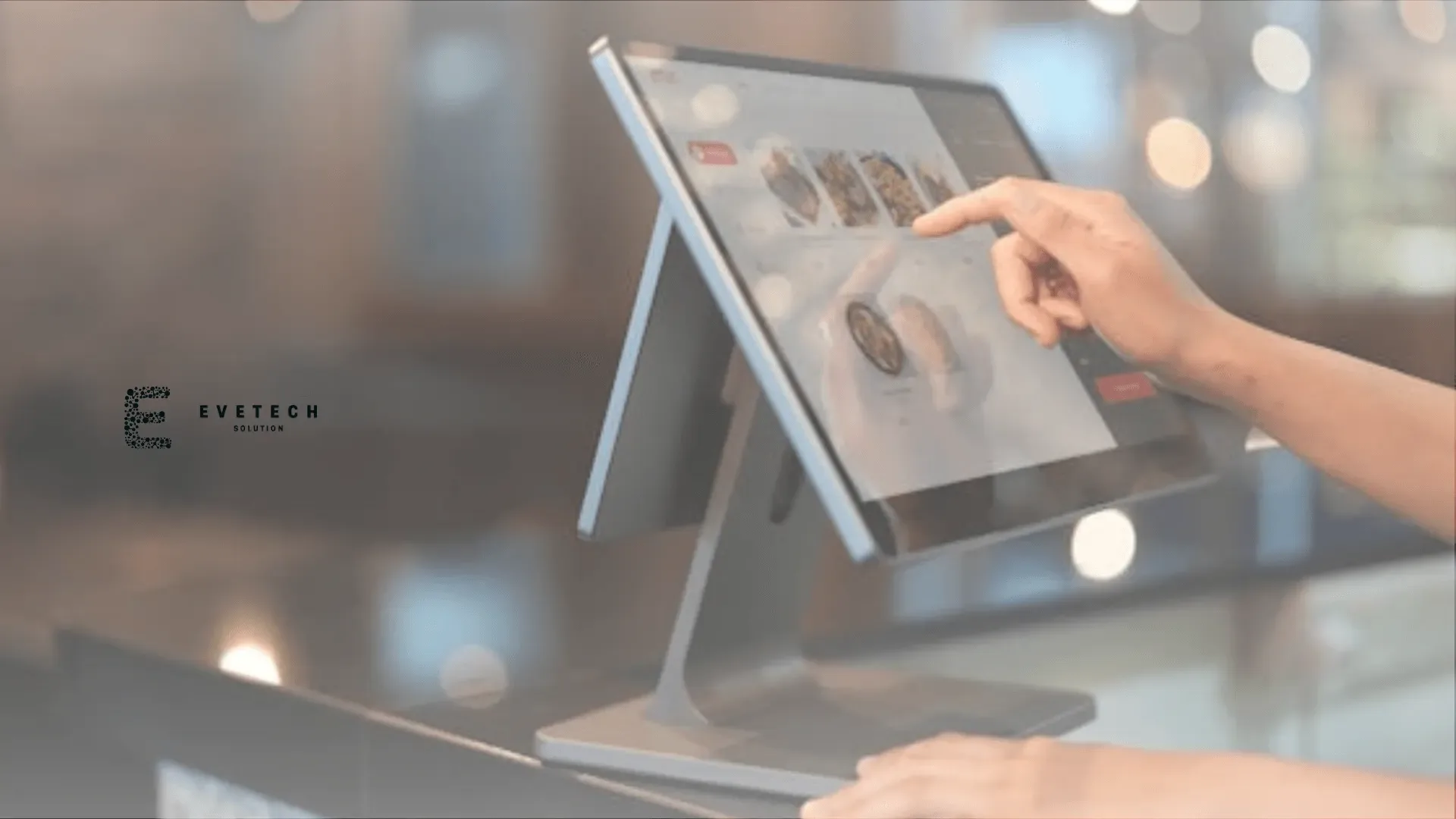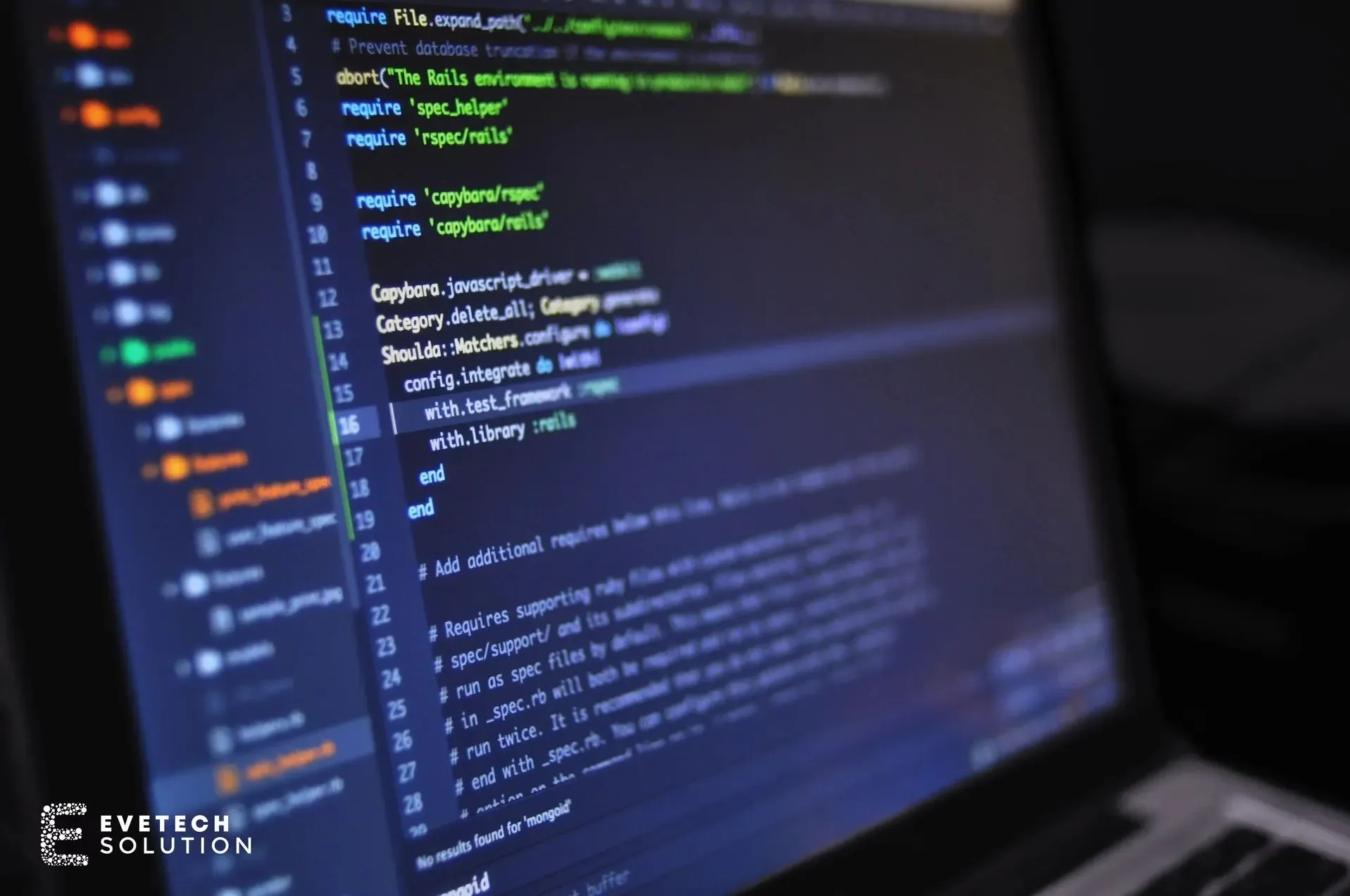5 Innovative Education Technologies Shaping the Future of Learning
July 21, 2023

In today's digital era, technology plays a huge role in everyday life, especially in the education sector. In the education process, technology is prepared to be able to assist the teaching and learning process every day. Through the technology used, it is hoped that it can provide a pleasant learning experience. But why does the education sector need technology for teaching and learning? In this article, Evetech Solution will discuss the technology used in the education sector from the benefits and examples. Check out the full article!!!
Why does the education sector need technology?
The existence of technology applied to education can provide more flexible access to learning. In addition, technology is needed in educational institutions because it has benefits such as:
1. Providing Flexible Access
With an education system using technology, it allows flexible access to education. This is because education can be accessed anytime and anywhere. Especially when education has a virtual classroom, learning can carry out learning activities in real time.
2. Make it easy for someone to access material
Furthermore, the technology used by the world of education makes it easier for individuals to access material. Because, the world of education can integrate offline classes with offline classes. Thus, it will make it easier for a teacher to provide material to students in real time without having to be in the same location and time.
3. Increase Learning Interest
The use of technology in the education sector can help increase interest in learning. This is because there is more interactive learning support such as video, animation, and sound.
In addition, there is also technology in the world of education that resembles a game. So that later it will make it easier for students to learn.
4. Providing Interesting Material
Not only interactive learning, the existence of technology in educational institutions allows them to provide interesting material such as interactive multimedia and other visual content.
5. Providing Varied Learning Facilities
The education sector that utilizes technology can provide more varied learning facilities according to the needs and learning styles of each. For example, e-learning, virtual classes, and interactive learning. With a variety of needs, it allows people who want to learn to choose a learning system that suits their needs.
Technology that can be used by the education sector
With the development of existing technology for the education sector, it is possible that educational institutions will customize the needs of existing learning activities. The following are the technologies used by the education sector:
Virtual Reality (VR) and Augmented Reality (AR)
![]()
Virtual Reality (VR) and Augmented Reality (AR) have progressed beyond gaming and entertainment to revolutionize education. VR technology immerses pupils in virtual worlds, whereas AR overlays digital information over the real world, resulting in an interactive learning experience. These technologies provide numerous advantages to both students and teachers. VR and AR allow students in science and history to study distant places, historical events, and microscopic species as if they were physically present. This level of immersion increases engagement and comprehension, making complicated subjects more understandable.
Furthermore, VR and AR have practical applications for training. Medical students can practice virtual procedures, engineering students can experiment with sophisticated machinery, and future architects can see their creations come to life in a realistic setting. This hands-on approach encourages experiential learning and provides students with vital practical skills. Another area where these technologies flourish is collaborative learning. Students from various regions can collaborate in a shared virtual area using multi-user VR environments, developing collaboration and communication skills. As the cost of VR and AR gear falls, educational institutions will be able to include immersive learning experiences into their courses.
Artificial Intelligence (AI) and Machine Learning
![]()
AI and Machine Learning are transforming education by providing individualized learning experiences, reducing administrative duties, and improving evaluation methodologies. One of the most notable benefits of AI in education is its capacity to adjust learning materials to meet the needs of individual students. AI-powered platforms may assess a student's strengths and weaknesses, learning style, and pace, and then personalize educational content to meet those needs. This tailored approach guarantees that students receive the assistance they require to excel and prevents pupils from falling behind.
Furthermore, AI can provide students with real-time feedback on their assignments, assisting them in identifying areas for growth. This quick feedback loop improves learning and promotes continual improvement. Administrative chores such as grading, scheduling, and resource management are streamlined by AI, allowing instructors to focus more on teaching and mentoring pupils. AI-powered chatbots can also manage regular requests, responding quickly to students' questions and concerns and improving overall support services. In addition, AI and machine learning are useful for detecting patterns and trends in educational data. This data-driven strategy can assist educational institutions in making educated decisions about curriculum design, learning methodologies, and overall educational outcomes.
Gamification and Game-Based Learning
![]()
Gamification and game-based learning have emerged as effective strategies for engaging students and increasing their drive to study. Educators may create a more engaged and enjoyable learning experience by introducing gaming elements into instructional content. Gamification is the use of game mechanics like points, badges, leaderboards, and challenges to encourage and incentivize pupils. Students receive incentives for completing activities, mastering concepts, and reaching learning milestones. This instills a sense of accomplishment and competition in pupils, encouraging them to actively participate in their learning path. Game-based learning, on the other hand, entails the creation of educational games that correspond to specific learning objectives. These games frequently provide difficulties or settings that necessitate critical thinking and problem-solving abilities in order to continue. As they progress through the challenges, students gain new knowledge and abilities in a fun and engaging way. Gamification and game-based learning enhance collaboration among students since they frequently work together to attain common goals and overcome barriers. This improves teamwork and communication skills, all of which are necessary in today's interconnected society. Educational apps and platforms that use gamification and game-based learning to appeal to a wide range of subjects and age groups are becoming increasingly popular.
Internet of Things (IoT) in Education
![]()
The Internet of Things (IoT) is a linked network of devices that can collect and exchange data. IoT has the ability to turn classrooms into smart learning environments, increasing efficiency and enabling new educational experiences in the education industry. IoT-enabled smart classrooms can automate mundane operations such as attendance tracking, temperature control, and lighting adjustments. This automation enables educators to devote more time to teaching and less time to administrative tasks, maximizing classroom time and efficiency. IoT-enabled gadgets also provide new opportunities for students to connect with instructional information. Interactive whiteboards and smart projectors, for example, allow teachers to deliver dynamic and interesting presentations, making lectures more memorable for students.
Furthermore, IoT can help with data gathering and analysis, which can provide significant insights into student behavior and learning patterns. This information can be utilized to identify areas for development, customise learning experiences, and assist students who are having difficulty. IoT devices can extend learning opportunities beyond typical classroom settings. Students on field trips, for example, can utilize IoT-enabled devices to collect real-time data and conduct experiments, expanding their learning experiences through hands-on research. However, as IoT is integrated into education, data security and privacy concerns must be addressed to guarantee that these technologies are used safely and responsibly.
Blockchain in Education
![]()
Blockchain technology is gaining traction in a variety of industries, and its potential influence on education is considerable. Blockchain provides a decentralized and secure method of storing and verifying data, opening up new possibilities for credentials, certifications, and educational records. The issuing and verification of digital credentials is one of the most important applications of blockchain in education. Instead of relying on traditional paper certificates, educational achievements can be stored on the blockchain, offering a tamper-proof and verifiable record of a student's academic accomplishments. This ensures the legitimacy and integrity of qualifications, lowering the possibility of fraudulent claims.
Furthermore, blockchain can aid in the development of decentralized learning platforms. These platforms would allow learners to directly access educational content, courses, and resources from content creators or educators, eliminating intermediaries and lowering expenses. Learners' progress and successes can also be recorded on the blockchain, establishing a transparent and portable learning record. Blockchain-powered platforms can provide new chances for self-directed learning and skill development for learners in areas with restricted access to traditional educational institutions. Furthermore, blockchain has the potential to transform the way educational data is stored and disseminated. Students can restrict access to their data and pick which institutions or employers can examine their academic records with proper consent and encryption. This gives students the ability to take control of their data and privacy. However, for blockchain to be widely adopted in education, educational institutions, legislators, and technology developers must work together to establish standards and best practices.
Conclusion
Innovative education technologies are fast shaping the future of learning. Students are being transported to new realms of study and experience thanks to virtual reality and augmented reality. AI and machine learning are customizing learning and increasing administrative efficiency. Gamification and game-based learning are enthralling students and instilling a passion of learning in them. Classrooms are being transformed into smart, linked spaces as a result of the Internet of Things. And blockchain is opening the path for decentralized, secure credentialing. As these technologies progress and become more widely available, the educational landscape will experience fundamental change.
Simplify Teaching and Learning Activities with Evetech's E-Learning System
In addition to the above technologies, there are technology options that can be used by the education sector, namely the E-Learning system. With this system, it will help teaching and learning activities remotely by utilizing the internet.
As a support in supporting the progress of the education sector, Evetech Solution provides e-learning system development services that can be used for the education sector.
Interestingly, the e-learning system developed by Evetech Solution can be integrated with LMS (Learning Management System). So that the existence of this LMS can facilitate in managing, distributing, and monitoring the learning process in real time.
In addition, this e-learning is also designed to be able to adjust to the needs and learning styles that are owned. Already interested in using E-learning from Evetech Solution? contact us now.


